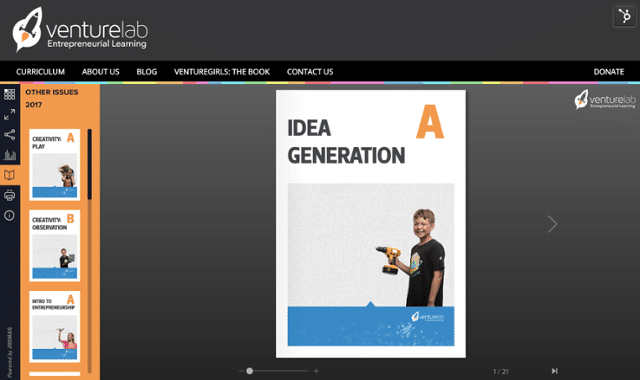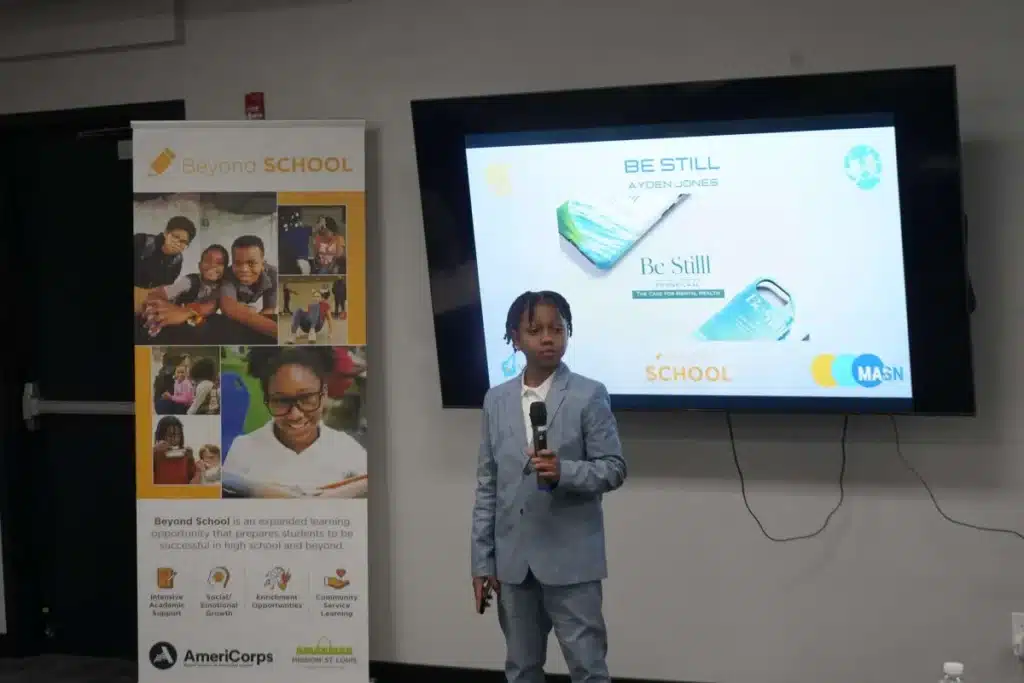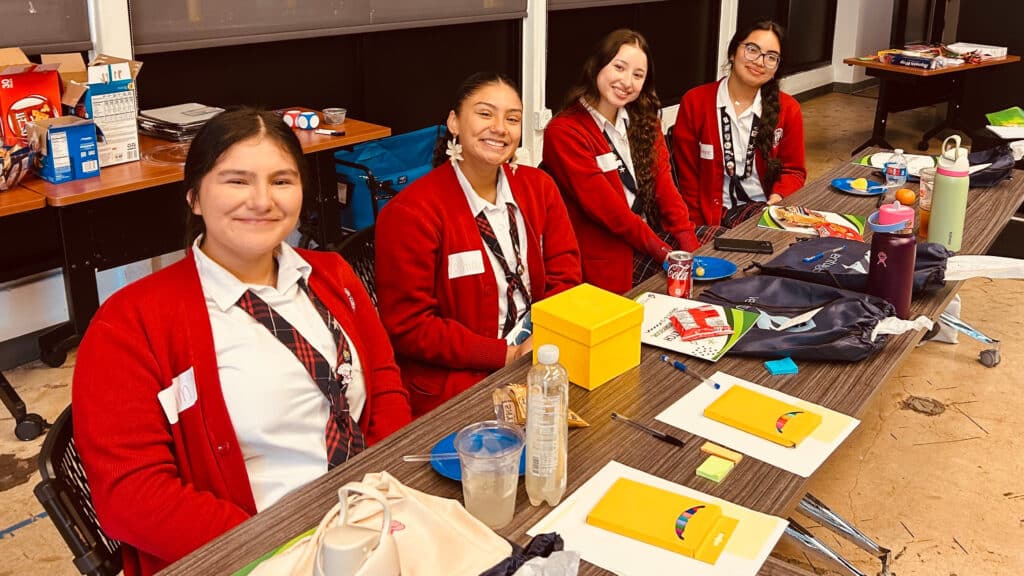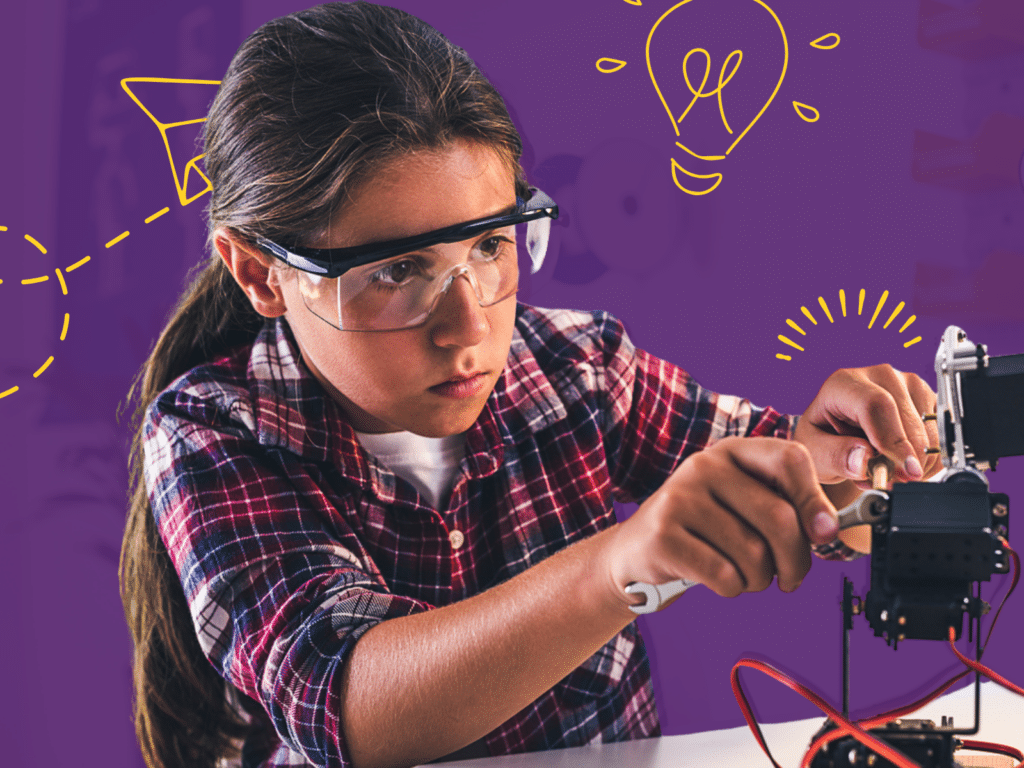Curious girls are often inclined toward science because scientific questions are fascinating and the answers potentially world-altering.
Once girls get in a ryhtym for their curiosity, they can generate fascinating questions, big and small, on topics that are doctorate-worthy.
Here are some intriguing questions from some of the brilliant, curiosity-driven children we’ve worked with at VentureLab:
- Our dog ate a toad and foamed at the mouth. Why was it so yucky? How can I keep my dog from eating another toad? Would it happen with a frog? What’s the difference? Can they mate? Would a toad-frog have useful properties? (age 10)
- Was the mother of the first human a monkey? (age 5)
- I’m always wondering about early humans. How can we use fossilized DNA to try and recreate one? (age 9)
- How do nocturnal animals see? (age 8)
- Can we use the wind on the sides of moving cars to generate wind power? …a wind-powered hybrid car? (age 16)
- When I grow up, I want to drive an electric car. Do they have to be so expensive? What if you could plug it in anywhere? (age 10)
- Could we make a hybrid animal to ride instead of cars? (age 6)
- I want to make white paint. But when I mix colors they get muddy. How can I make white? (age 8)
- For bottled water, can we make a plastic that isn’t bad for you? (age 10)
- If we only had a small amount of farmland, say our front yard, could we raise enough food for our household, like The Martian did? (age 10)
- How do you know if it’s a good spider or a bad spider that bites? (age 6)
- Can we use less metal to make a fence? Could we make a super-strong fiber the size of a single hair? (age 11)
From there, with encouragement, it’s possible to sharpen curious thinking into problems that girls want to solve—problems that inspire technological solutions… problems that spark exploration, innovation, discoveries and inventions. Curiosity starts young and it never has to end. The key to our kids’ future success is to teach them to harness their curiosity and help them develop the skills they need to drive their ideas to tangible projects, innovations, initiatives, or even companies.
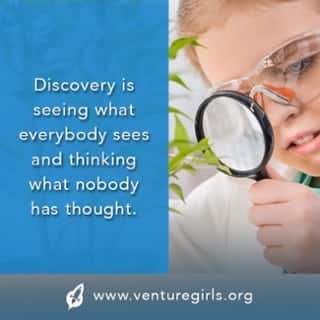
In combination with a growth mindset, curiosity is a creative asset whatever direction one takes in life. When Lori Senecal, Global CEO for the advertising group CP+B, asks potential job candidates, “‘What have you invented?’ That doesn’t mean you have to have created a robot that can get a beer from a fridge,” she says. “It could be anything. It’s to see whether they have the mindset of creating something. That shows a desire to find fresh solutions.”
Senecal heads a company that employs scientists, engineers, technologists—but it is an advertising agency. CP+B Global Network also employs “app makers, rule breakers, artists, anthropologists, snowboarders, problem-solvers, heavy metal drummers, and everything in between,” she says.
Daniel Pink, one of the most widely regarded thinkers on the subject of human motivation, has identified a seismic shift in our world, away from an economy of the logical and linear toward an economy and society built on the “inventive, empathetic, big-picture capabilities of what’s rising in its place….”
To thrive in the “conceptual age” that Pink describes, entrepreneurial learning—like improv—will serve our daughters well, since both involve not knowing exactly how an action will play out.
I’d love to hear from you about any discoveries you or the girls in your life have made, where you or they saw something that nobody seems to have thought of. What was it? And what happened? Thank you for sharing.
P.S. Be sure to take a look at our Idea Generation lessons for middle school and high school. You’ll find a step-by-step lesson plan for unleashing curious thinking and teaching students how to strategically generate life-altering ideas.
http://www.venturelab.org/6-8-idea-generation-ahttp://www.venturelab.org/9-12-idea-generation-a
